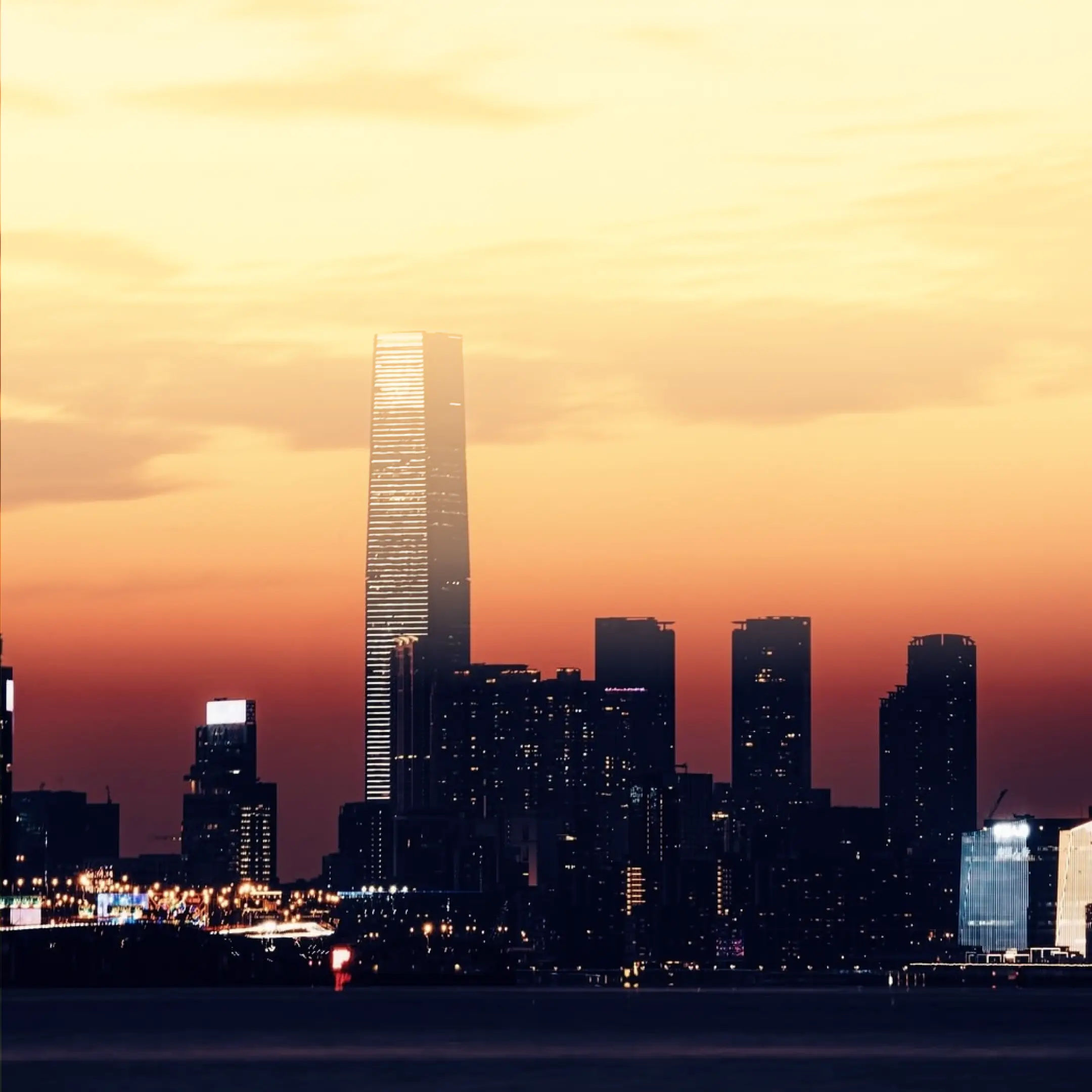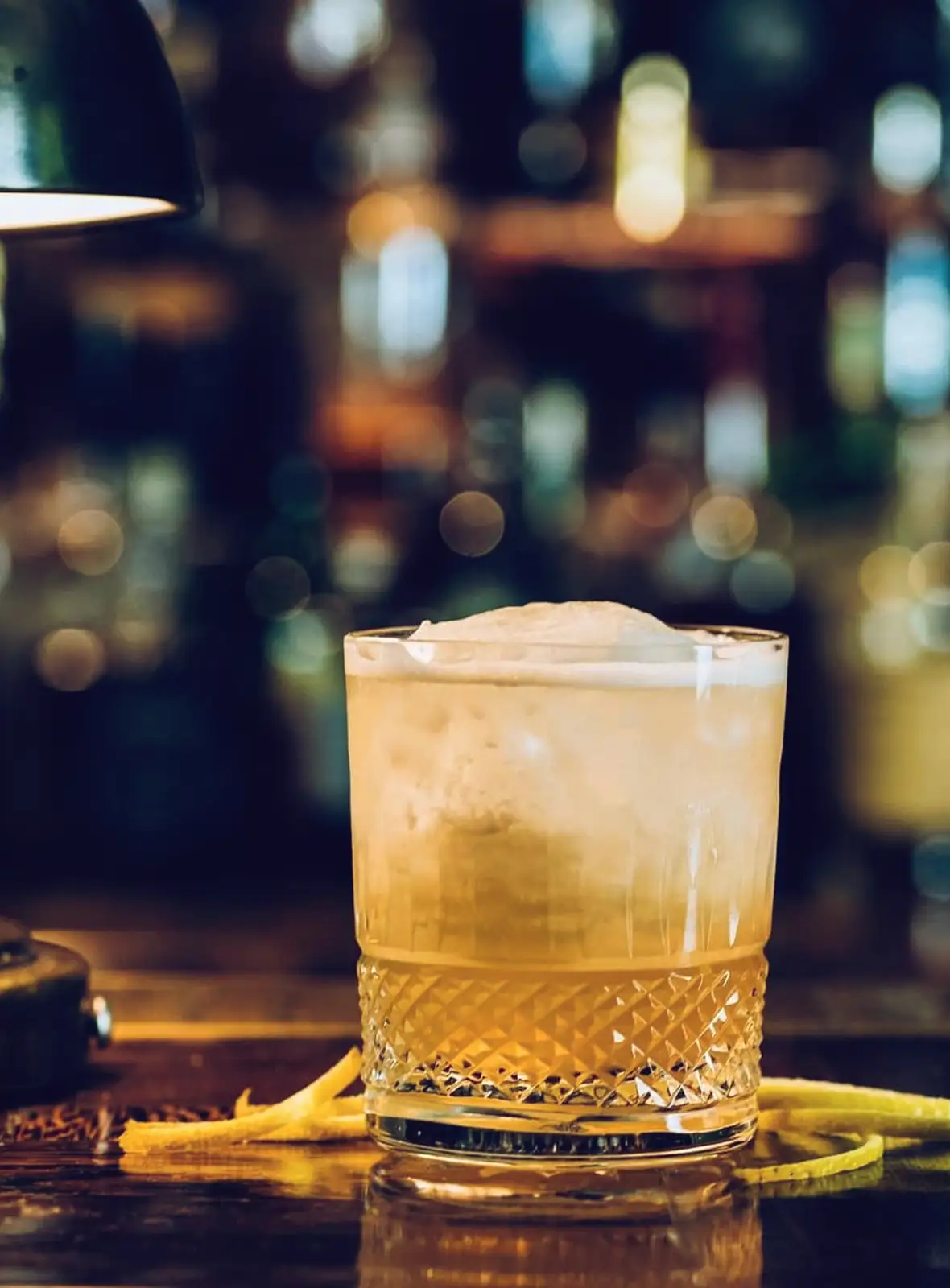Asia-Pacific's role
Asia-Pacific is on a growth trajectory, boasting a 10.25% CAGR, driven predominantly by urban millennials adopting Western bar culture. This shift is cultivating a heightened preference for premium tequilas, especially aged varieties devoid of additives.
Upscale lounges in China are pivotal in molding these preferences, while Australia's dynamic hospitality scene is boosting demand with inventive cocktail menus and tequila-centric events. Such initiatives are deepening their market footprint, cementing Asia-Pacific's role as a crucial growth arena for tequila.
Asia-Pacific currently accounts for 9% of global tequila sales and is projected to grow rapidly and reach 25% by 2030. With a forecasted market size by 2030: $3.42 billion.





















